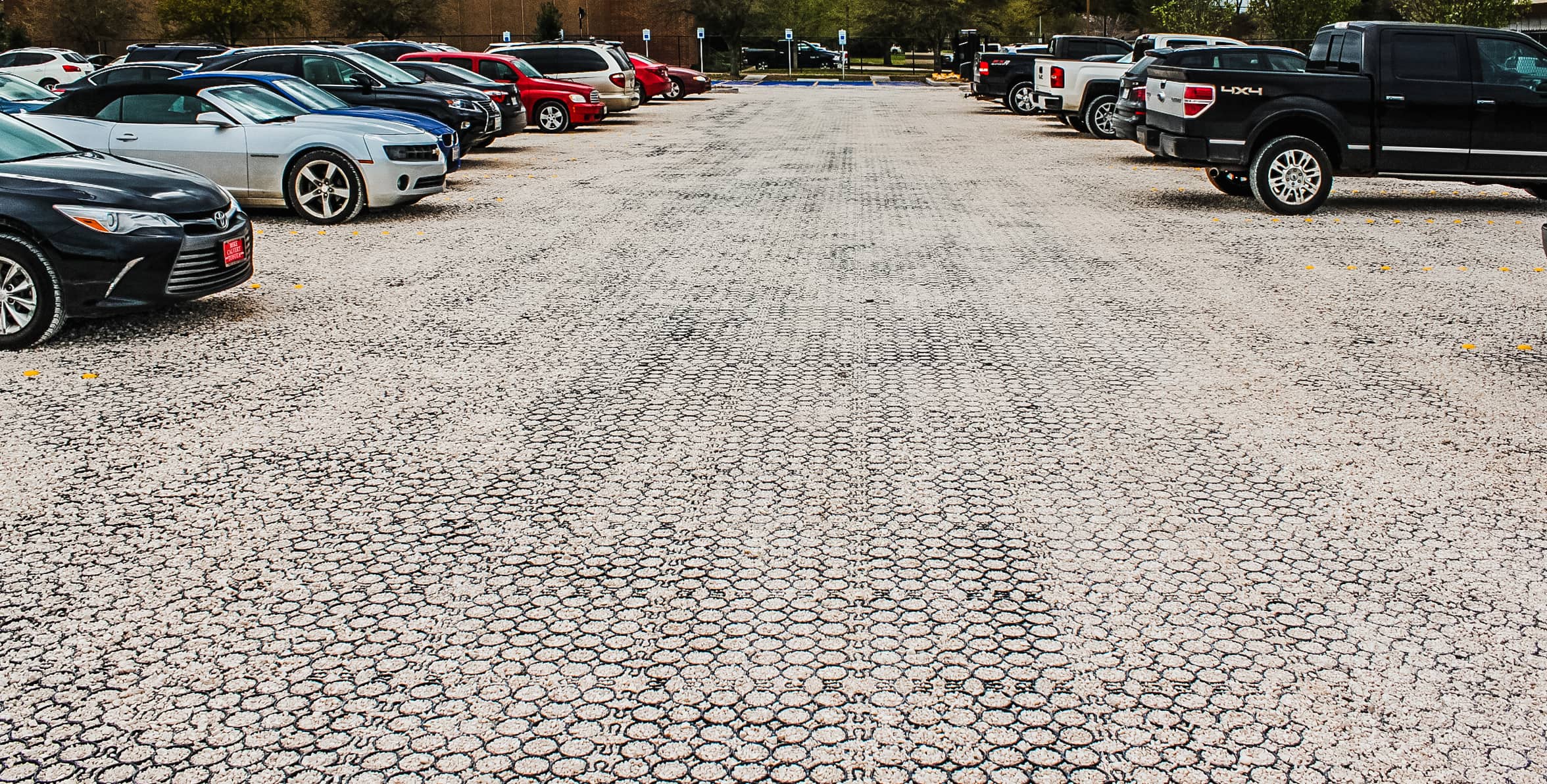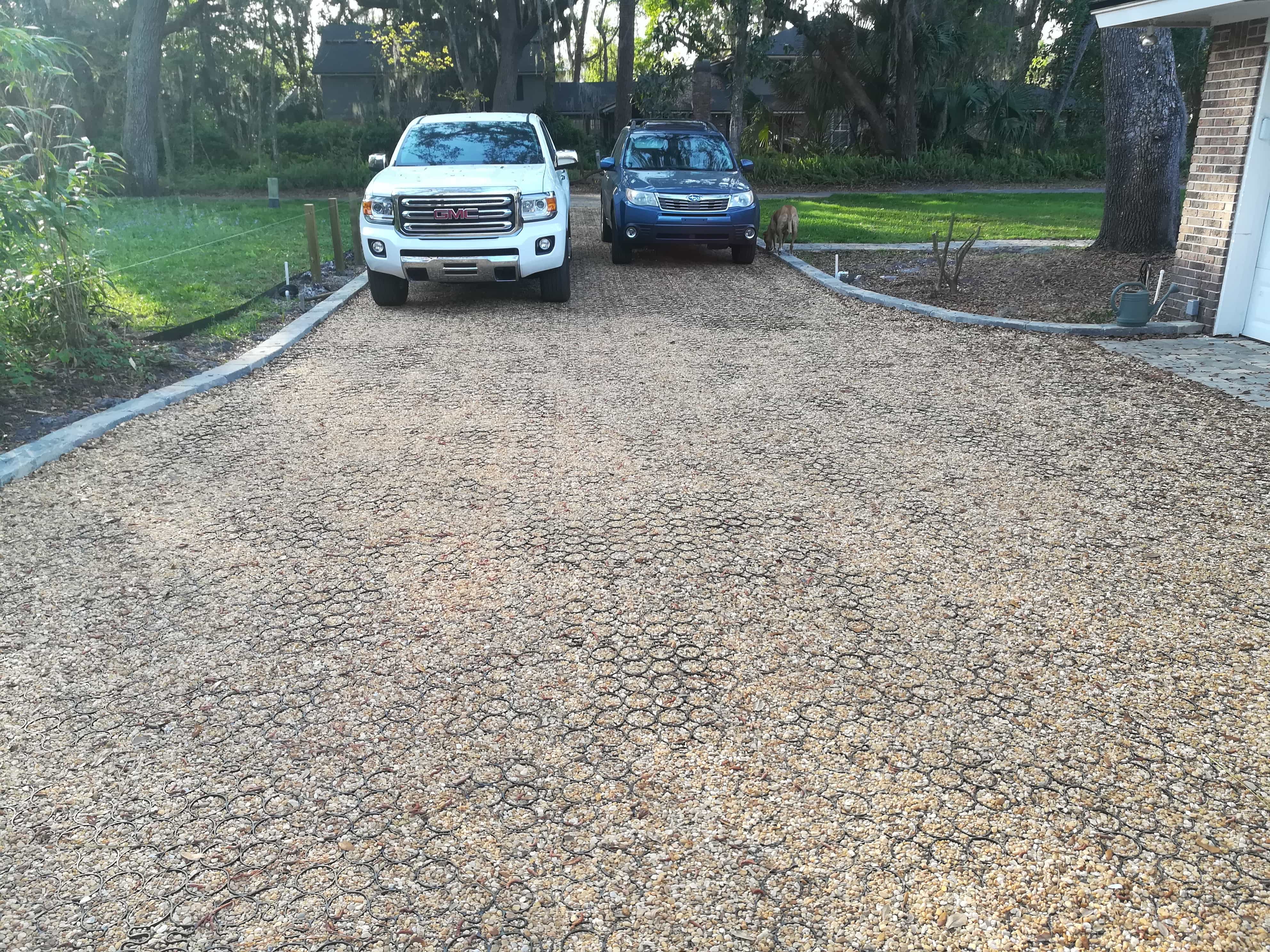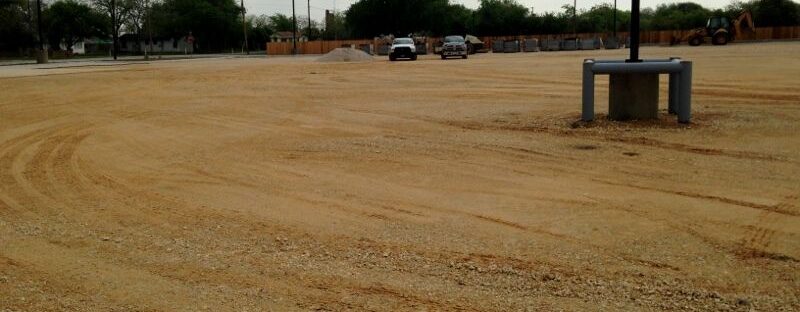Water can be both a friend and a foe to your property. From pooling in your driveway to soil erosion and flooding, unmanaged rainwater poses serious risks to landscapes and nearby ecosystems. Water runoff solutions help control excess water, reduce damage, and protect both your property and the environment—all without sacrificing design or function.
Understanding Water Runoff Challenges
When rain falls on natural landscapes, it typically soaks into the soil, nourishing plants and replenishing groundwater. However, urban and suburban developments often replace these absorbent surfaces with impervious materials like concrete, asphalt, and compacted soil. Water runoff solutions help redirect excess water, preventing pooling and erosion.
Causes of Excess Runoff
- Impervious Surfaces: Driveways, parking lots, sidewalks, and rooftops prevent water from naturally seeping into the ground. When rainwater has nowhere to go, it flows overland, increasing runoff and flood risks. Water runoff solutions can minimize these risks by improving drainage and reducing surface flow.
- Inadequate Drainage Systems: Old or undersized drainage systems may struggle to handle heavy rainfall. When drainage infrastructure can’t keep up, water pools in low areas, leading to localized flooding.
Excess rainwater isn’t just an eyesore—it can lead to costly damage and long-term environmental impacts if left unmanaged.
Consequences of Unmanaged Excess Water
Uncontrolled excess water doesn’t just disappear—it creates long-term problems that can damage property, harm the environment, and lead to costly repairs.
Flooding
Large volumes of excess water can overwhelm drainage systems, leading to localized flooding in residential and commercial areas. Standing water damages foundations, landscapes, and infrastructure.
Soil Erosion
Fast-moving surface water can strip away topsoil, destabilizing foundations and damaging landscaping. Eroded soil can also clog nearby waterways, worsening flood risks.
Water Pollution
Runoff can carry oils, fertilizers, pesticides, and debris into nearby waterways, contaminating rivers, lakes, and wetlands. Polluted runoff harms local ecosystems and poses public health risks.
Infrastructure Damage
Water that pools around foundations, sidewalks, and roads can cause cracks, sinkholes, and structural weakening over time, leading to costly repairs.
Effective Surface Water Control Strategies

There are many ways to manage surface water runoff, reduce flooding risks, and protect your property. The right solution depends on your property’s needs and layout.
Permeable Paving Systems
One of the most effective and sustainable water runoff solutions is permeable paving. These systems allow rainwater to pass through the surface and into the ground below, reducing the volume of runoff and helping replenish groundwater supplies.
How Porous Paving Systems Work
Porous paving systems are made of a durable grid system filled with gravel, grass, or other porous materials. The grid stabilizes the surface while creating void spaces that allow water to drain directly through the pavement. Beneath the surface, a layer of aggregate helps filter and detain water before it reenters the natural groundwater system.
Applications of Permeable Paving
- Driveways: Prevent puddling and pooling, ensuring your driveway stays dry and damage-free.
- Commercial Parking Lots: Reduce heat island effects while improving drainage management. Eliminate or reduce detention ponds and filtering systems..
- Walkways and Sidewalks: Safe, non-slip surfaces that effectively handle rainfall.
- Commercial Yards and Loading Docks: Manage heavy-duty traffic while controlling runoff. Reducing or eliminating dust and erosion.
Benefits of Porous Paving Systems
- Improved Drainage: Reduces surface runoff and minimizes the risk of flooding.
- Environmental Impact: Supports clean water infiltration and reduces strain on municipal drainage systems.
- Durability: TRUEGRID’s paving systems handle heavy loads from light residential use up to heavy commercial settings.
Rain Gardens
Rain gardens combine form and function to create a simple, effective water runoff solution. These shallow, vegetated basins collect runoff from roofs, driveways, and sidewalks, allowing it to soak naturally into the soil. Water runoff solutions offer practical ways to control flooding and reduce erosion.
Why Rain Gardens Work
- Filtration: Plants and soil filter out pollutants from runoff before it reaches waterways.
- Groundwater Recharge: Helps replenish underground water sources.
- Biodiversity: Provides habitat for pollinators and other wildlife.
Creating a Rain Garden
- Choose Native Plants: Adapted to local rainfall patterns and require less maintenance.
- Select the Right Spot: Position the garden where it can capture the most runoff, such as near downspouts or driveways.
- Design for Depth: A shallow bowl shape allows water to collect and gradually soak into the ground.
Constructed Wetlands
For larger properties or areas prone to heavy rainfall, constructed wetlands are an effective component of water runoff solutions, offering a sustainable approach to cleaning and filtering water. These engineered systems use a combination of vegetation, soils, and regulated water release to clean runoff.
Benefits of Constructed Wetlands
- Flood Prevention: Reduces peak stormwater flows and protects downstream areas.
- Filtering Pollutants: Removing common pollutants such as hydrocarbon drips from automobiles and landscaping chemicals from the water.
- Wildlife Habitat: When properly designed, retention ponds can support local ecosystems.
With multiple strategies available, choosing the best water runoff solution comes down to understanding your property’s unique needs and challenges.
Practical Tips for Choosing the Right Solution

Selecting the right water runoff solution depends on several key factors:
- Property Size and Layout: Permeable pavers work well for driveways and parking lots, while constructed wetlands may be better for large communities where aethetics are needed.
- Soil Type and Drainage: Sandy soils drain well, while clay-heavy soils may require additional drainage layers.
- Budget and Maintenance: Balance installation costs with maintenance needs.
- Aesthetic Goals: Landscaping solutions like rain gardens and constructed wetlands add beauty and biodiversity, while permeable pavers offer sleek, functional surfaces and save space.
Ready to turn water management challenges into sustainable solutions? TRUEGRID has you covered.
Take Control of Water Runoff with TRUEGRID
Managing water runoff doesn’t have to be complicated. With the right strategies, you can protect your property, improve local water quality, and contribute to a more sustainable future. TRUEGRID offers eco-friendly, durable paving solutions designed for residential and heavy commercial needs.
Contact us today for more information.



